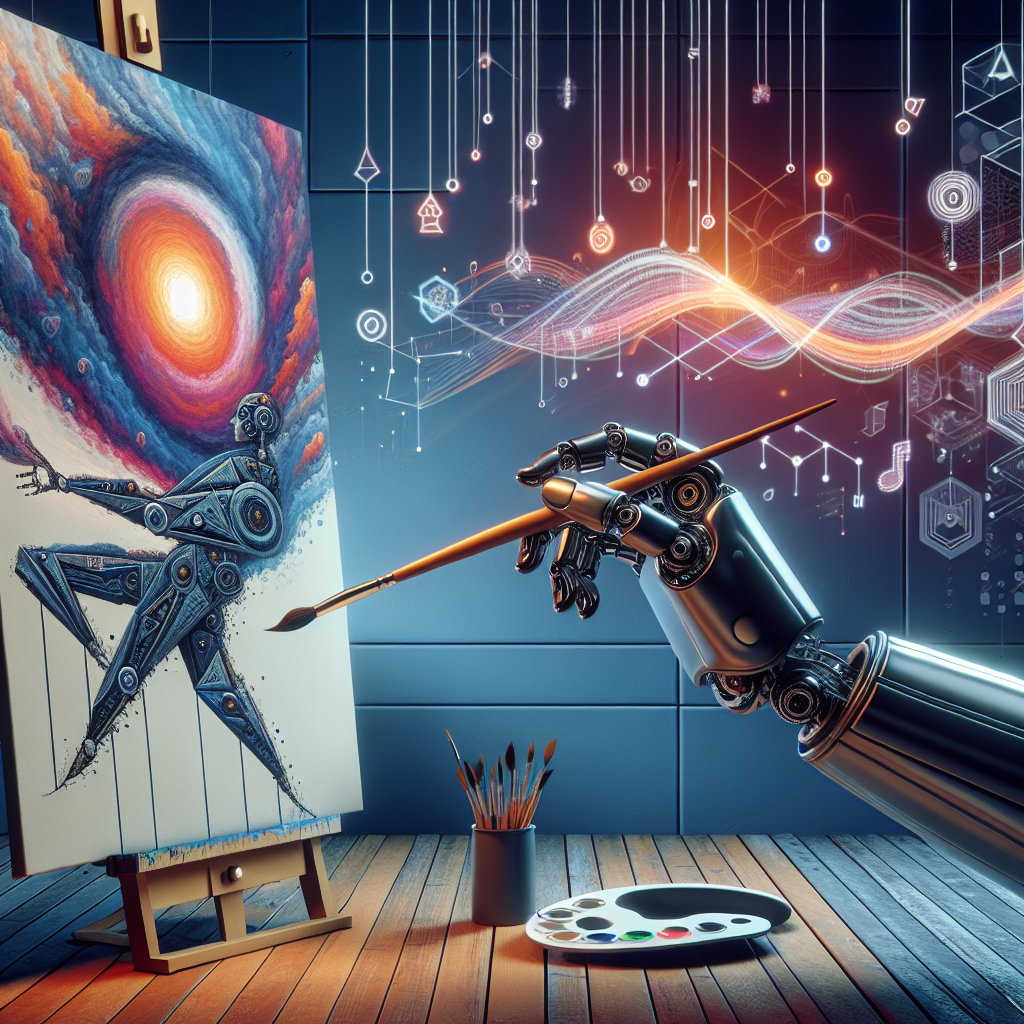Artificial intelligence (AI) has become an increasingly prevalent tool in the world of artistic creation, offering artists new ways to explore and push the boundaries of their creativity. From generating music and visual art to helping with writing and storytelling, AI has the potential to revolutionize the way we think about and engage with art. However, with this newfound power comes a host of potential perils that must be carefully considered.
One of the most promising aspects of AI in artistic creation is its ability to help artists explore new ideas and concepts that they may not have considered on their own. AI algorithms can analyze vast amounts of data and generate new combinations and patterns that can inspire artists to think outside the box and create truly innovative works of art. For example, AI can analyze the works of a particular artist and generate new pieces in a similar style, providing fresh perspectives and ideas for the artist to explore.
AI can also be used to enhance the creative process by automating time-consuming tasks and freeing up artists to focus on more high-level creative thinking. For example, AI can be used to generate background music for a film or video game, freeing up the composer to focus on creating the main themes and melodies. Similarly, AI can help with tasks like color grading in photography or video editing, allowing artists to spend more time on the creative aspects of their work.
However, while AI offers many promising opportunities for artistic creation, it also comes with a host of potential perils that must be carefully considered. One of the biggest concerns surrounding AI in art is the potential for it to replace human artists entirely, leading to a homogenization of artistic expression and a loss of the human touch in art. As AI continues to improve and become more sophisticated, there is a real risk that it could become indistinguishable from human-created art, leading to questions about the authenticity and originality of AI-generated works.
Another concern is the potential for AI to perpetuate biases and stereotypes in art. AI algorithms are only as good as the data they are trained on, and if that data contains biases or prejudices, the AI-generated art that results may also reflect those biases. For example, if an AI algorithm is trained on a dataset of predominantly male artists, it may be more likely to generate art in a similar style, perpetuating gender biases in the art world.
Despite these potential perils, the promise of AI in artistic creation is undeniable. By harnessing the power of AI, artists have the opportunity to explore new ideas, push the boundaries of their creativity, and create truly innovative works of art. However, it is essential that artists and creators approach AI with caution, taking steps to ensure that it is used ethically and responsibly to preserve the authenticity and diversity of artistic expression. Ultimately, the future of AI in art will depend on how we navigate the complex and evolving relationship between human creativity and artificial intelligence.


Leave a Reply